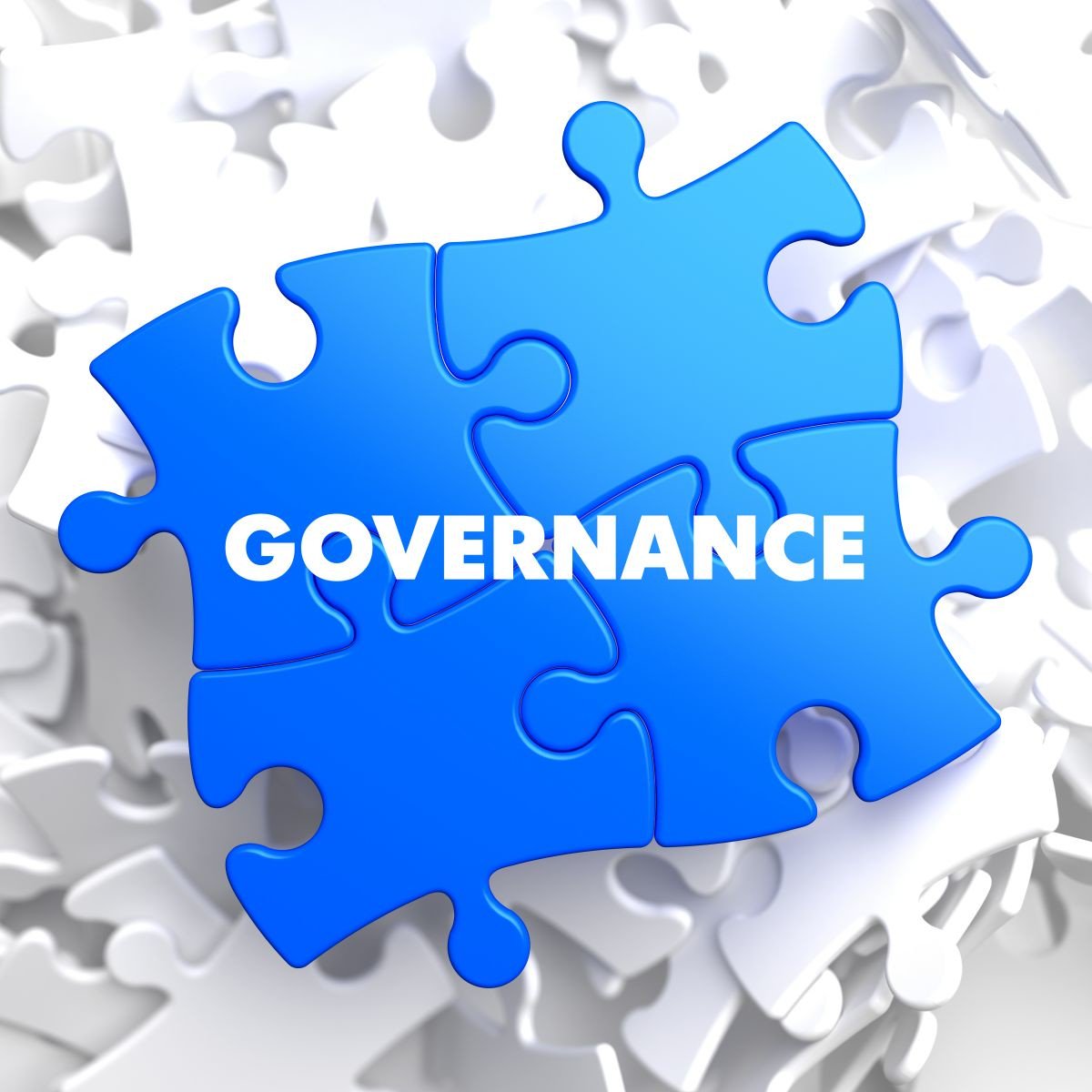There are many benefits of using governance software in charity organizations. Perhaps the most obvious benefit is that it can help to streamline the process of governing the organization. In addition, governance software can also help to improve communication and transparency within the organization, as well as providing a central repository for all organizational documents. It also helps in better governance and improved performance of the organization.

Another key benefit of governance software is that it can help to promote best practices within the organization. By having a central place where all organizational policies and procedures are stored, it becomes much easier for everyone to stay up-to-date on the latest changes. This can be particularly helpful in large organizations where there may be many different people involved in different aspects of governance.
Finally, governance software can also help to improve accountability within the organization. By tracking who has access to what information, and when they accessed it, it becomes much easier to identify potential areas of concern. This can be incredibly valuable in ensuring that the organization is run in a fair and transparent manner.
Overall, governance software can be an incredibly valuable tool for charity organizations. By promoting transparency and accountability, it can help to ensure that the organization is run in a responsible way, while also making it easier for everyone involved to collaborate and keep up-to-date with the latest changes.

